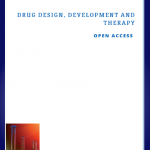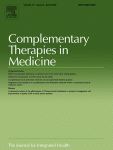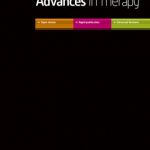Archivio: Pubblicazioni
Isopathic Use of Auto-Sarcode of DNA as Anti-Miasmatic Homeopathic Medicine and Modulator of Gene Expression?
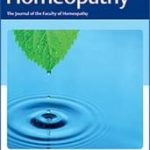
Introduction - In addition to the four pillars of homeopathy, vitalism and the miasmatic theory are often used to explain the health–disease process. According to Hahnemann's concepts, homeopathic miasms are the main obstacle to the cure of chronic... [Leggi...]
Effect of Adjuvant Homeopathy with Usual Care in Management of Thrombocytopenia Due to Dengue: A Comparative Cohort Study

Background - Dengue is an emerging threat to public health. At present, no clear modalities are available for the prevention and management of thrombocytopenia due to dengue. This article reports the clinical outcomes of integrative homeopathic care ... [Leggi...]
Effects of Ultra-Low-Dose Aspirin in Thrombosis and Haemorrhage

Background - Aspirin is the oldest and possibly the most widely used pharmacologically active substance still used in allopathic medicine. Its effect on fever and inflammation has paved the way to its anti-thrombotic effect. Dilutions of aspirin have... [Leggi...]
Effect of Homeopathic Medicines and a Nosode on Larvae of Cochliomyia hominivorax (Diptera: Calliphoridae)

Background - Cochliomyia hominivorax is the major fly causing primary myiasis in livestock animals in Brazil; its larvae develop in the host's living tissues, causing mutilations, which can even lead to death. In conventional treatments of myiasis, c... [Leggi...]
An In-Vitro Assay Estimating Changes in Melanin Content of Melanoma Cells due to Ultra-Dilute, Potentized Preparations

Introduction - The authors had previously conducted an in-vitro study to observe the effect of homeopathic medicines on melanogenesis, demonstrating anti-vitiligo potential by increasing the melanin content in murine B16F10 melanoma cells. A similar ... [Leggi...]
Effects of Homeopathic Phosphorus on Encephalitozoon cuniculi-Infected Macrophages In-Vitro

Introduction - Encephalitozoon cuniculi (E. cuniculi), a fungus that acts as an intracellular pathogen, causes a marked neurological syndrome in many host species and is a zoonotic concern. Although no well-established treatment for this syndrome is ... [Leggi...]
Effect of Homeopathic Medicines on Intestinal Coccidia and Immune Response Cells in Spotted Rose Snapper (Lutjanus guttatus)

Background - Homeopathy has been widely applied in freshwater species but rarely in marine fish. Farm stress destabilises host–pathogen equilibrium, favouring parasites and disease. Coccidian endoparasites cause intestinal infections and cell degen... [Leggi...]
Homeopathy in Public Health in India

Background - Based on a pluralistic approach to health care, India offers a range of medical treatment modalities to its population. In that context, the government of India aims at providing its people with wider access to homeopathy. This article p... [Leggi...]
Use of complementary medicine among patients with allergic rhinitis: an Italian nationwide survey
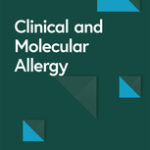
Background - A growing use of complementary alternative medicine (CAM) has been found in Europe as well in Italy for chronic diseases, including the allergic rhinitis. The study aims at investigating the prevalence and the pattern of use of CAM among... [Leggi...]
Le relazioni dell’VIII Convegno Triennale Siomi
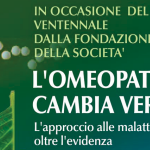
Nell'ambito dell' VIII Convegno triennale della Società Italiana di Omeopatia e Medicina Integrata (SIOMI) dal titolo "L'omeopatia cambia verso..." che si è tenuto a Firenze nei giorni 15-17 marzo si è svolto il Seminario internazionale dal titolo... [Leggi...]



